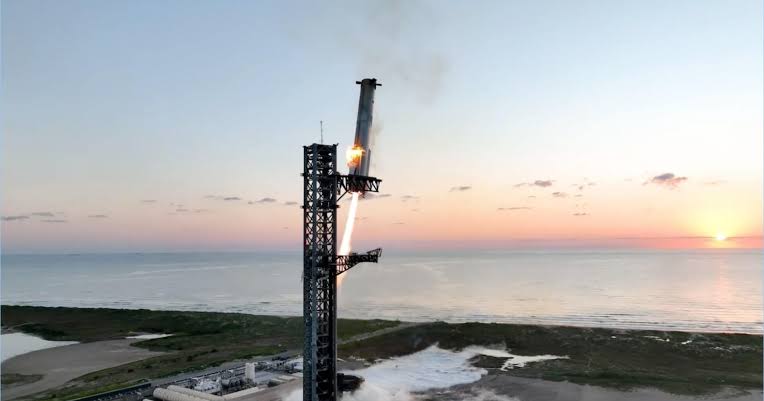On October 13, 2024, I found myself in an interesting predicament with my younger brother. While he was eager to watch a football game, I was engrossed in a monumental SpaceX mission—a feat that many would have deemed impossible just a few years ago. This event served as a powerful reminder of the lessons I gleaned from reading “Elon Musk: Tesla, SpaceX, and the Quest for a Fantastic Future” by Ashlee Vance.
In Elon Musk: Tesla, SpaceX, and the Quest for a Fantastic Future by Ashlee Vance, Elon Musk’s vision and struggles with SpaceX are central themes, especially his pursuit of creating reusable rockets and making space travel affordable—ideas that many in the aerospace industry deemed impossible.
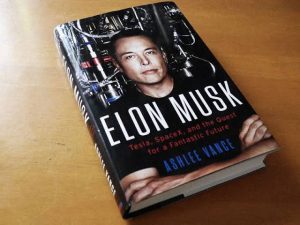
The book highlights Musk’s resilience in the face of repeated failures, particularly during the early years of SpaceX when the first three Falcon 1 rocket launches failed, nearly bankrupting the company. Despite these setbacks, Musk remained determined to innovate, believing that failure was part of the process of achieving breakthroughs.
Do you see the key words? Impossible, resilence and failures.
As Musk famously stated, “When something is important enough, you do it even if the odds are not in your favor.”
This quote resonates deeply, reminding us that our perceptions of the impossible can often limit our potential. Reflecting on my younger self, I realize that I once viewed challenges as insurmountable obstacles. However, reading this book and others has opened my eyes to the notion that through effort and perseverance, we can redefine what is possible.
But what is Space X?
THE HISTORY OF SPACE X:
SpaceX’s early years were marked by a series of high-risk ventures and near-fatal setbacks. Elon Musk had used much of his personal fortune from PayPal to fund SpaceX, and the company’s survival often hung by a thread. The first major challenge came in the form of rocket development. The Falcon 1, SpaceX’s first orbital rocket, suffered three consecutive launch failures between 2006 and 2008.
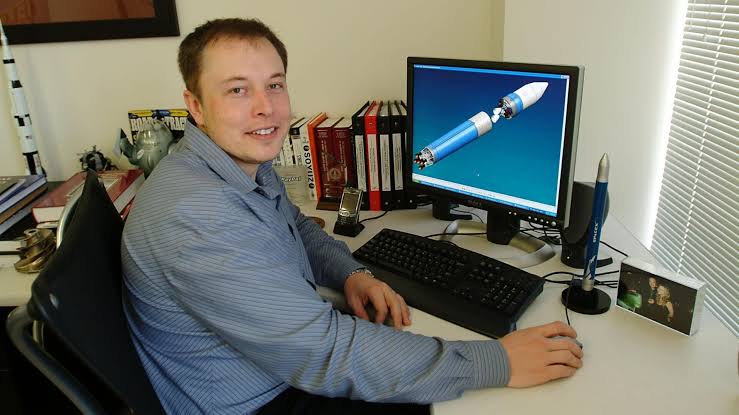
These failures were devastating, both financially and reputationally. With each failure, SpaceX lost millions of dollars, and Musk was running out of funds. By the time the third rocket failed in 2008, the future of SpaceX was in jeopardy.
Facing bankruptcy, SpaceX’s fourth launch attempt with the Falcon 1 rocket in September 2008 was a make-or-break moment. Fortunately, this mission was a success, making SpaceX the first privately developed, liquid-fueled rocket to reach orbit. This victory gave SpaceX credibility in the aerospace industry and kept the company afloat.
SpaceX’s fortunes took a dramatic turn when NASA awarded the company a Commercial Orbital Transportation Services (COTS) contract, worth $1.6 billion, in December 2008. This gave SpaceX the financial backing to develop the larger Falcon 9 rocket and the Dragon spacecraft, designed to deliver cargo and eventually astronauts to the International Space Station (ISS).However, even with the NASA contract, the road to success wasn’t smooth. SpaceX faced technical challenges in developing reusable rockets, a core ambition of Musk’s to reduce launch costs. Early attempts to land rocket boosters back on Earth after launching payloads into space resulted in spectacular crashes. Critics doubted whether reusable rockets were feasible at all.
In 2015, after several failed landing attempts, SpaceX achieved a milestone that would revolutionize space travel. The Falcon 9 rocket successfully landed back on Earth after delivering a payload to space, proving that reusability was possible. This breakthrough meant that SpaceX could refurbish and reuse rockets rather than discarding them after each mission, dramatically lowering the cost of space launches.
By 2020, SpaceX had reached another milestone when its Crew Dragon spacecraft successfully launched NASA astronauts to the ISS, marking the first time a private company sent humans into orbit. This achievement ended NASA’s reliance on Russian spacecraft for human spaceflight and solidified SpaceX as a leader in the space industry.
MECHAZILLA:
Imagine you’re in a bustling market in Tanzania, and you’ve just bought Nanasi and more items. You reach for a plastic bag to carry your items home. But wait! You remember the ban on plastic bags that was implemented to protect our beautiful country from pollution and harm to wildlife. Instead, you grab your trusty reusable bag, knowing it’s a better choice for the environment.
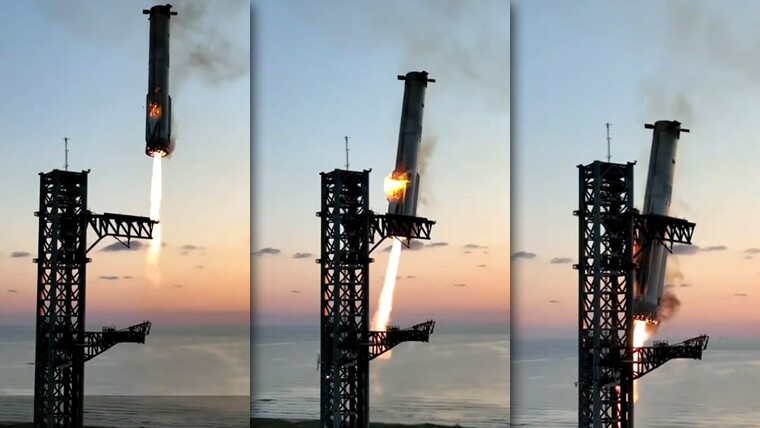
Now, think about how this choice mirrors the journey of reusable rockets in space exploration. Just as you’re opting for a reusable bag to reduce waste, companies like SpaceX are creating reusable rockets to cut down on the enormous costs and waste associated with traditional rocket launches.
When rockets are launched into space, the boosters are often discarded after one use, similar to how plastic bags are used once and thrown away. This practice not only generates massive amounts of waste but also makes space travel extremely expensive. By developing reusable rockets, SpaceX aims to make space exploration more affordable and sustainable, just like reusable bags help keep our markets and communities cleaner.
So, whether you’re using a reusable bag to carry your groceries or a reusable rocket to send satellites into space, both choices contribute to a healthier planet. They embody a growing awareness that by reusing and recycling, we can protect our environment and open up new possibilities for the future—whether that’s in our own communities or beyond the stars!
On Saturday, while my younger brother was eagerly anticipating a football game, I found myself engrossed in a monumental moment for humanity, a feat achieved by a company often seen as a symbol of overcoming failure and pushing the boundaries of what’s possible.
On October 13, 2024, during a test flight, SpaceX successfully “caught” the massive first-stage booster of its Starship rocket using mechanical arms, affectionately dubbed “chopsticks.” This marked the first time the company has accomplished such a feat, representing a critical step toward achieving rapid rocket reusability.
The booster, part of SpaceX’s most powerful rocket to date, returned to the launch pad in Texas just seven minutes after liftoff and was captured mid-air by the launch tower’s arms. This innovative breakthrough not only showcases SpaceX’s relentless pursuit of efficiency in space travel but also illustrates the power of perseverance in the face of past failures. While my brother was focused on the football game, I couldn’t help but feel inspired by SpaceX’s journey and their groundbreaking achievements that continue to reshape our understanding of what’s possible in space exploration..
WHY WAS IT IMPOSSIBLE?:
The feat of safely returning the Super Heavy booster to the launch pad using “Mechazilla” was seen as impossible at first due to the immense complexity and precision required to pull it off. Historically, rocket engineering has always assumed that boosters would be expendable after launch, with early space programs focusing on ensuring the payload reached orbit rather than worrying about recovering the booster stages.
During the Apollo missions, for example, boosters were discarded into the ocean after fulfilling their role. The idea of a reusable rocket seemed far-fetched because of the engineering challenges involved, particularly when it came to safely landing such a massive structure.
Why Was It Considered Impossible?
1. Heat and Stress: Rockets are exposed to extreme heat and stress during launch and re-entry. Safely landing a booster without it being damaged or destroyed by the immense forces of the atmosphere was considered highly improbable. The challenge was especially daunting given the size of the Super Heavy booster, which is 61 meters tall and produces 7.6 million kilograms of thrust.
2. Precision Landing: Landing something as massive as the Super Heavy booster on a specific spot (the launch pad) requires incredible precision. Early on, many engineers believed this kind of accuracy was unattainable with current technology. In fact, boosters used to be discarded in the ocean because engineers had no way to ensure a controlled descent, much less a precise landing.
3. Cost and Risk: Building reusable rockets involves high initial costs and carries significant risk, as a failure would result in expensive losses. In the 1960s and 70s, the cost of developing reusable boosters was seen as outweighing the potential benefits. For years, the space industry operated under the assumption that disposable rockets were the only viable option.
In the early days of SpaceX’s development, even some of the company’s engineers doubted the feasibility of reusing rockets, particularly the Super Heavy.
Many also referenced the historical failures and challenges of landing such massive objects. NASA’s early attempts at reusing spacecraft, such as with the Space Shuttle program, faced numerous challenges related to heat shielding and structural integrity.
Space history is filled with examples of engineering teams concluding that recovering rockets after launch would be unfeasible. The main precedent for reusable spacecraft was NASA’s Space Shuttle, which faced significant engineering hurdles. While it succeeded in creating reusable orbiters, the boosters were still largely seen as expendable.
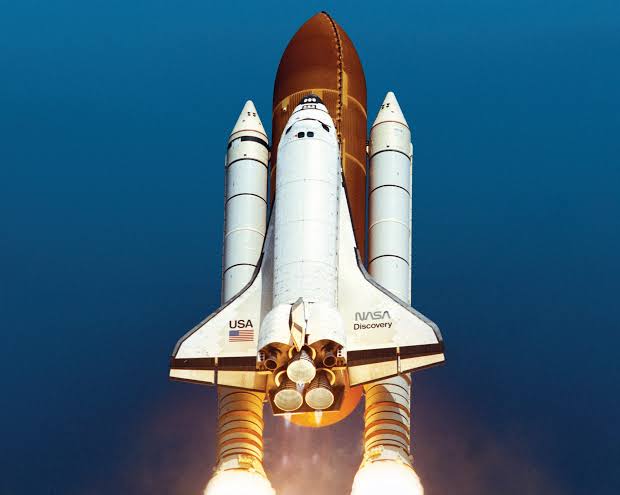
The shuttle’s heat shield tiles, for example, needed to be carefully inspected and repaired after each flight, adding significant cost and complexity. Reusable boosters, as SpaceX aimed to achieve, would have to be far more durable and efficient.
In addition to NASA’s struggles, Russian and European space programs also focused on disposable boosters, prioritizing reliable payload delivery over recovery. For years, experts assumed this was the only practical approach, given the enormous energy and heat involved in launching rockets into space.
However, SpaceX pushed forward with its vision. After a series of trial-and-error flights, which included several failed landings, they finally succeeded in making boosters reusable with the Falcon 9 rocket. The next challenge was scaling up this concept for the much larger and more powerful Super Heavy booster.
This recent test, with Mechazilla catching the booster using its giant mechanical “chopsticks,” has now made history and proved many of those early engineers wrong. What was once thought to be impossible is now a reality, paving the way for the future of cost-effective space exploration.
This success represents a revolutionary shift in the space industry, where reusability is no longer a dream, but an achievable goal.
Tanzanian Skies Set to Shine: Can a First Satellite Revolutionize Weather Forecasting?
BUT WHAT SHOULD YOUTH OF TANZANIA LEARN FROM THIS STORY?
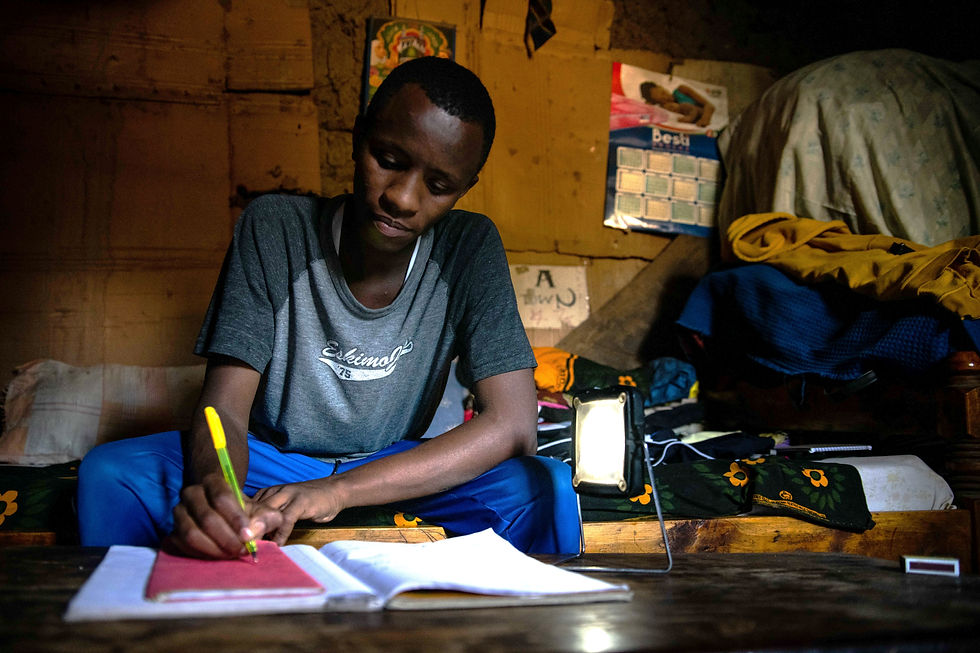
As we Tanzanian youth look to the future, we can draw inspiration from the story of SpaceX, particularly the lessons surrounding perseverance, innovation, and resilience. First, embracing failure as a learning opportunity is crucial.
Just as Elon Musk viewed setbacks as stepping stones toward success, young people should learn to see challenges not as roadblocks but as valuable experiences that contribute to personal growth. By cultivating a mindset that welcomes innovation and encourages questioning of the status quo, Tanzanian youth can develop creative solutions to pressing problems and realize their potential in a rapidly changing world.
Additionally, the journey of SpaceX underscores the importance of community and collaboration. Engaging with peers, seeking mentorship, and supporting one another can create a robust network that fosters collective success. Education systems should prioritize critical thinking and entrepreneurship to empower the next generation to tackle challenges effectively. By finding inspiration in extraordinary achievements and committing to sustainable practices, Tanzanian youth can redefine what is possible and contribute positively to their communities, ultimately paving the way for a brighter future.
“When others were sending rockets to the moon..”, Mwalimu J.K. Nyerere reminded us to “..focus on taking water to our villages”. Today, as others build reusable rockets, we must harness that same spirit of innovation to create sustainable solutions for our communities. Let’s make renewable energy sources accessible, provide safe and reusable sanitary pads for our sisters, and continue addressing the challenges that matter most to our people.
Now let me send this to my young brother so he understands what i was watching :).

